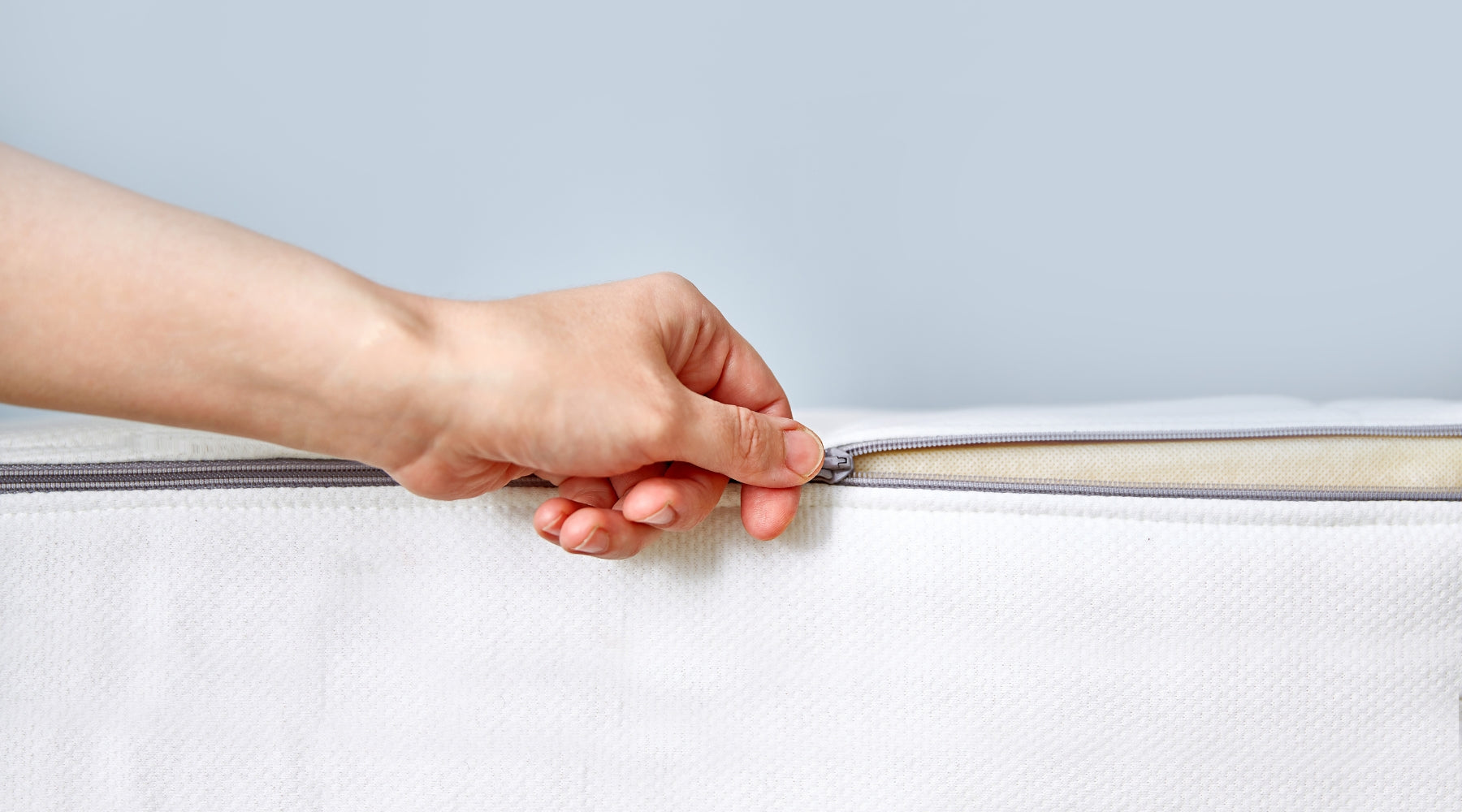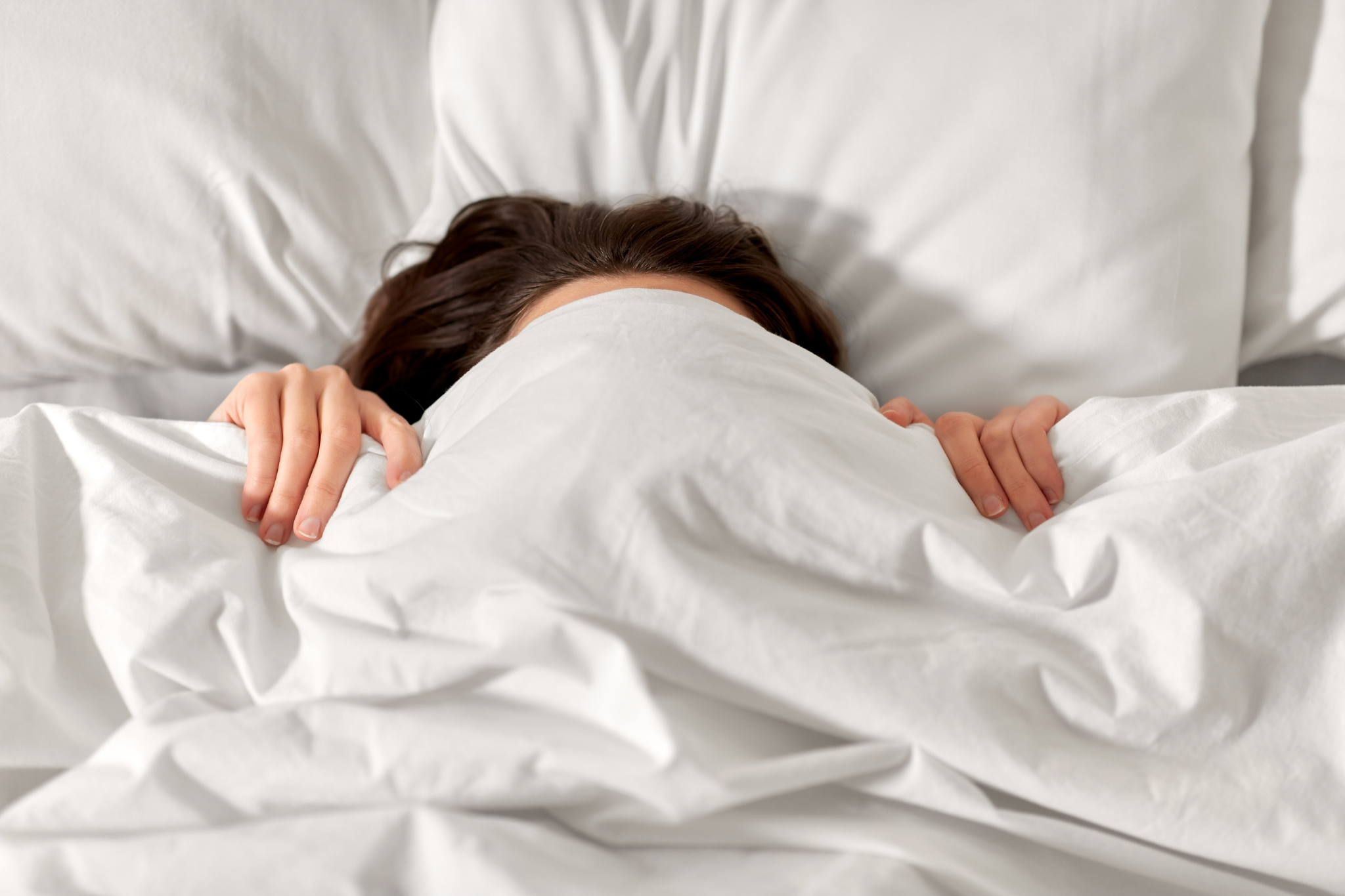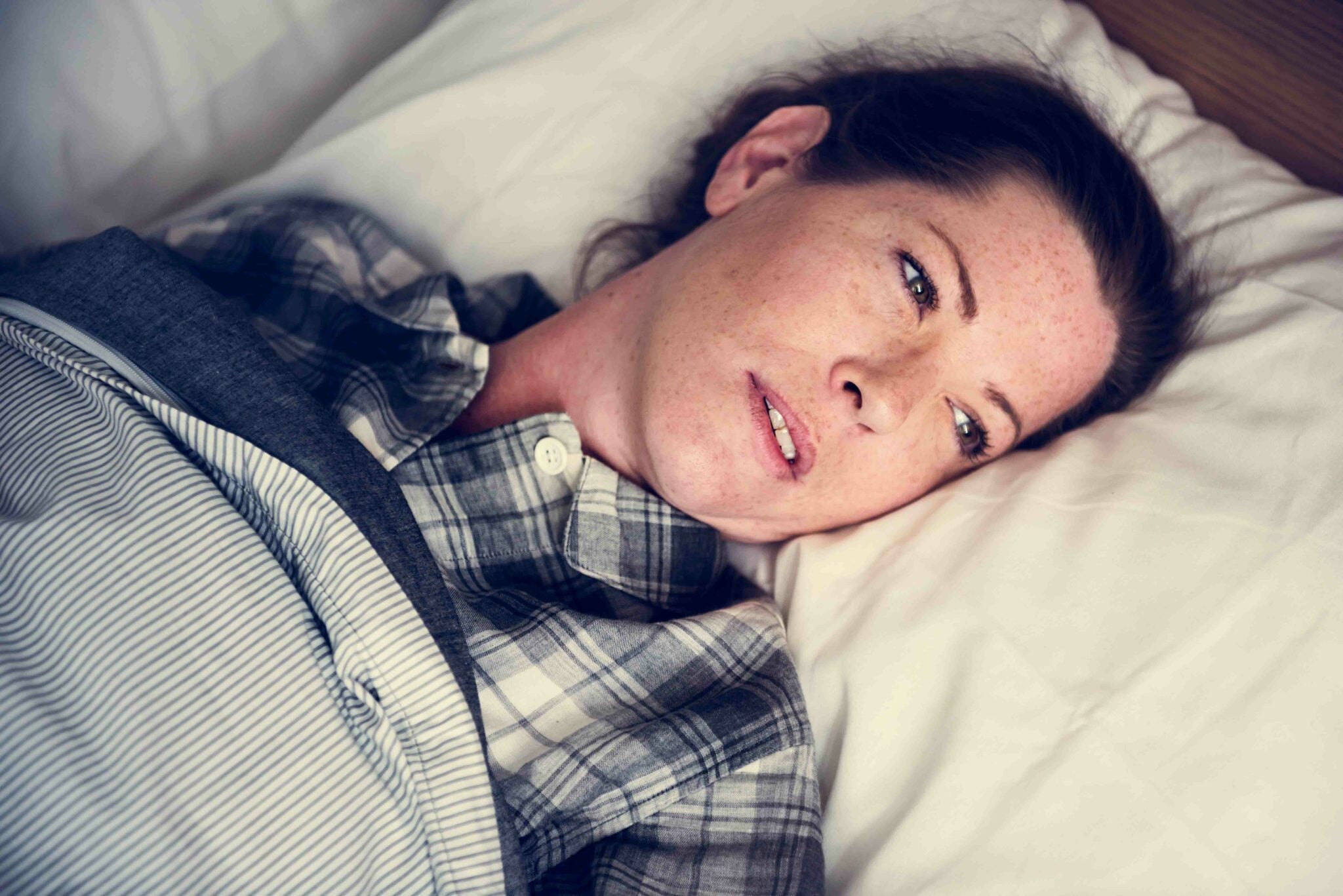Have you ever wondered what’s in your mattress? Maybe you’ve wondered why your eyes and throat are irritated? Well the two could be linked.
Recently there’s been a considerable amount of talk and worry around mattresses that contain fibreglass. US, 26 year-old TikTok influencer Cody Jacob’s post on his fibreglass mattress went viral – clocking up 12.9 million views and nearly 14 thousand comments.
His post explains that unbeknown to him, he has been sleeping on a fibreglass mattress for years and years and this has caused him to suffer from rashes.
In the US, several hundred people have joined a class action lawsuit against the memory foam manufacturer Zinus, claiming “alleged defective design – exposing glass fibres causing personal injury and property damage”.
But, do you need to worry about it if you bought a similar type of mattress in the UK – well thankfully the answer is no.

What is fibreglass
Developed by the Brits in the Second World War, fibreglass was used for aircrafts and boats as a replacement for moulded plywood.
It is a composite material, meaning that it is made from the combination of two materials with different physical and chemical properties.
Fibreglass materials are reinforced plastic, composed of glass fibres embedded in a resin matrix. When combined they create a material which is specialised for a particular purpose.
Why do some mattresses use fibreglass?
Often the fibreglass found in mattresses are not in the mattress itself, but in the cover that goes around it.
The reason for this is that the fibreglass acts as a thermal barrier and flame retardant against the materials inside the mattress like certain foams that could catch on fire.
The additional thermal insulation properties of fibreglass, helping to keep mattresses cool and warm all year round – have also led to its popularity.
Being a cheap material that is both malleable and durable has meant that many bed manufacturers in US have opted to use it in the production of their products
What are the dangers of fibreglass?
Under a light, the extent of glistening fibres become visible. Fibreglass from your mattresses and mattress covers can end up all over you, your clothes, your room and your house. This hidden hazard, floating around in particles of air can become a nightmare. Listed are some of the dangers of fibreglass;
- Itchy skin
- Tiny hairline cuts on the skin
- Eye irritation
- Throat irritation
- Sneezing
- Coughing
- Congestion
How are they allowed to use fibreglass in the US
Well in the US the foam found in the mattresses are generally not treated with fire retardants. So they add a cover that contains fibreglass in order to protect the consumer from potential risks of the mattress catching fire.
But, many manufacturers also use up to 64% fibreglass in the actual mattress themselves and use a safe mattress cover to protect anyone from it.
However, many people understandably remove this zipped mattress cover in order to clean it from time to time, unknowingly releasing hundreds of thousands of little fibres into the environment.
The materials manufacturers are using in their mattresses often contain multiple compositions that are said to comply with fire safety standards.
So long as the mattresses and the mattresses covers are kept intact and in place then any potentially damaging materials should not be of harm to you.
Mattress manufacturer Zinus claims that the
“mattresses comply with Federal Fire Safety Standards…If the cover stays in place, fibreglass in bed poses no danger.”
What happens with mattress and mattress covers in the UK
Well fortunately in the UK you don’t have to worry about fibreglass. Compared with you the US, the UK has different fire retardant standards.
Unlike the US, the foam used in the UK is inherently fire retardant and so is the cover. The safe fire retardants used in these products are made from fibreglass alternatives.
What you can do if you have a fibreglass mattress
If you are in the fortunate position to be able to purchase a new non fibreglass mattress – then this is what we would first suggest for you to do.
If you can’t afford another mattress, aren’t concerned about potential fire hazards and have checked with your insurance company then take the mattress outside and remove the fibreglass cover using safety measures advised when handling fibreglass products e.g. face masks and gloves.
Doing this outside is critical as the fibres can get everywhere causing damage to your property. If this does happen then it can result in a hefty bill for expensive specialist cleaners to come in and remove the fibres.






Share:
How to stop being restless at night
What are sleep associations and how to overcome them